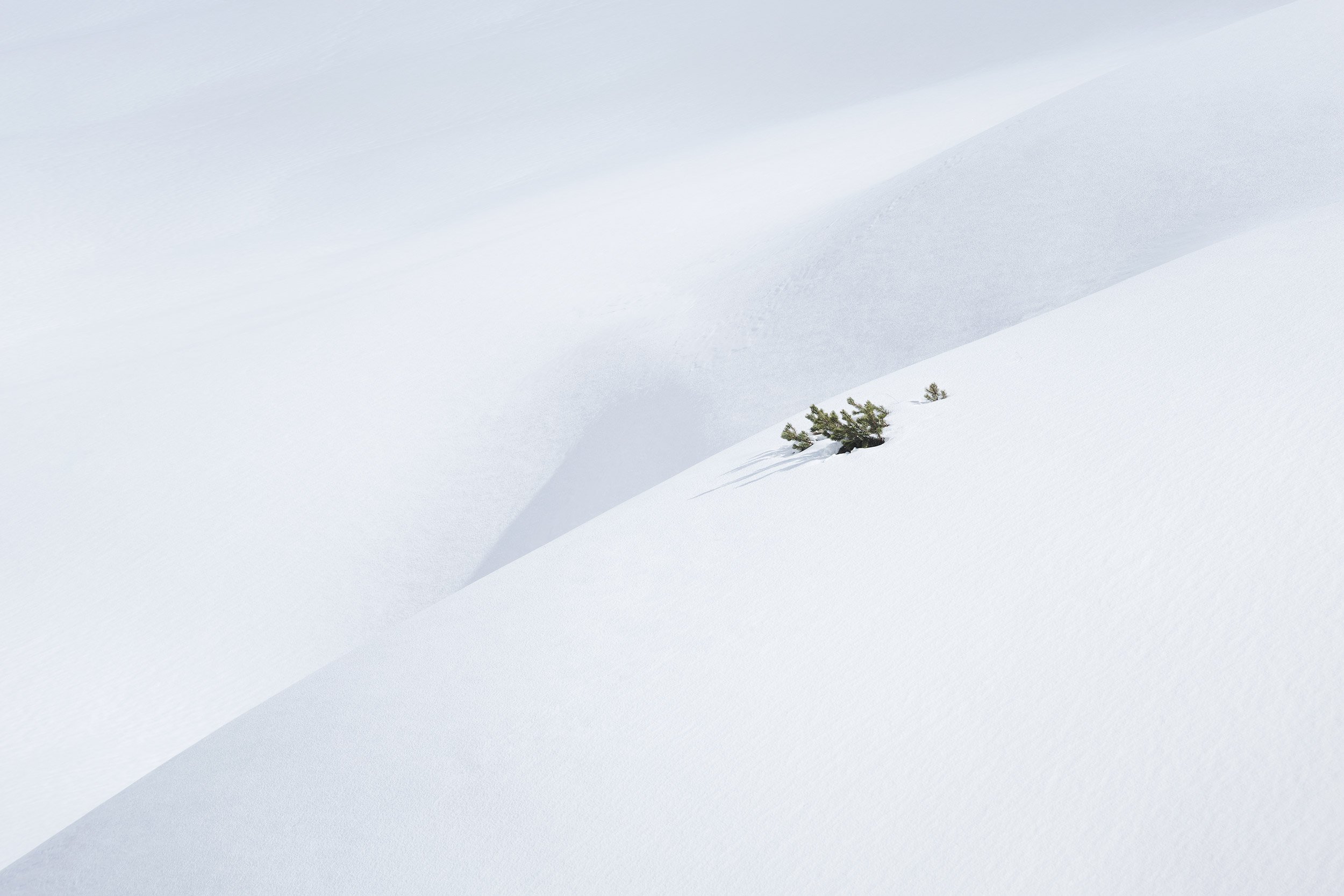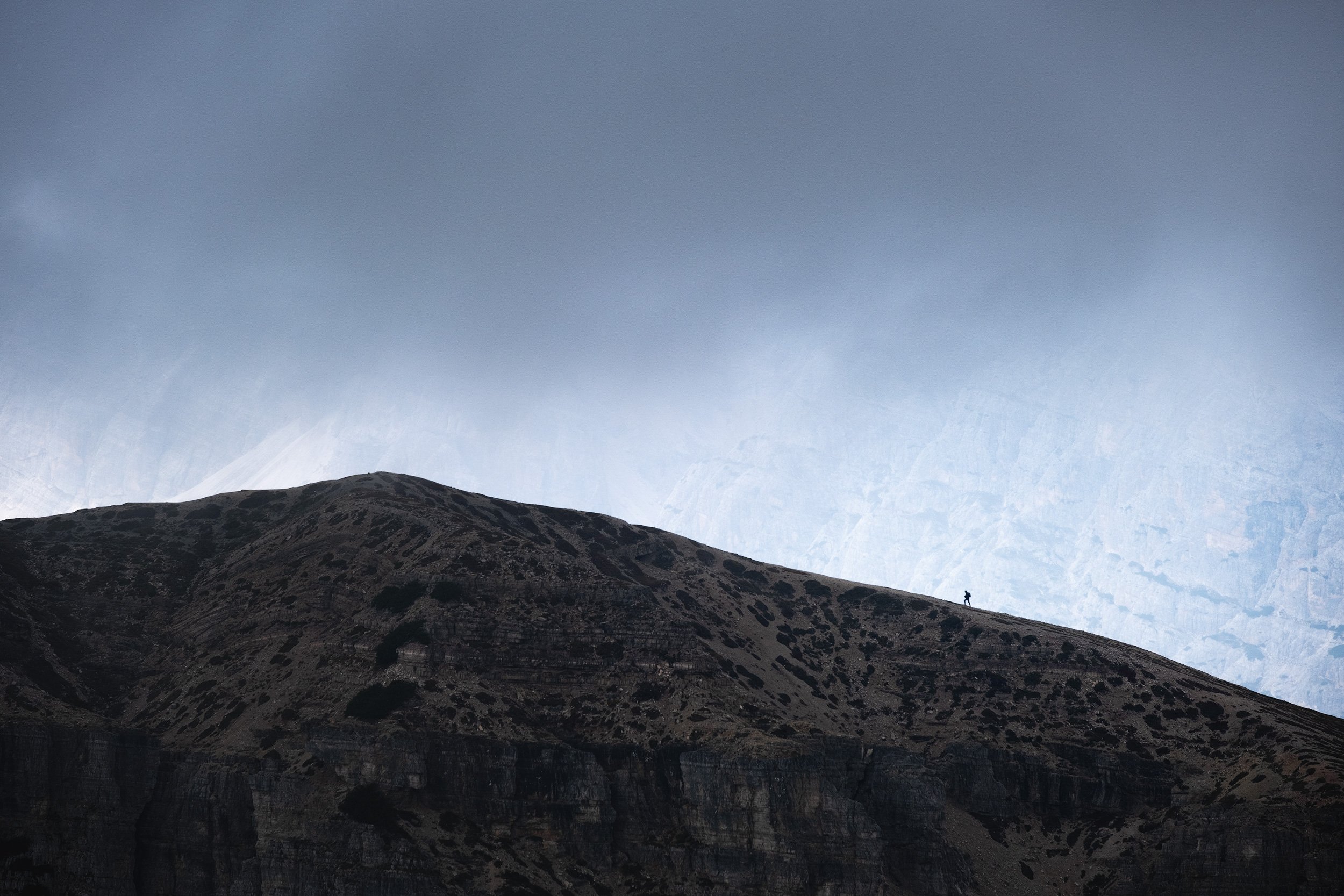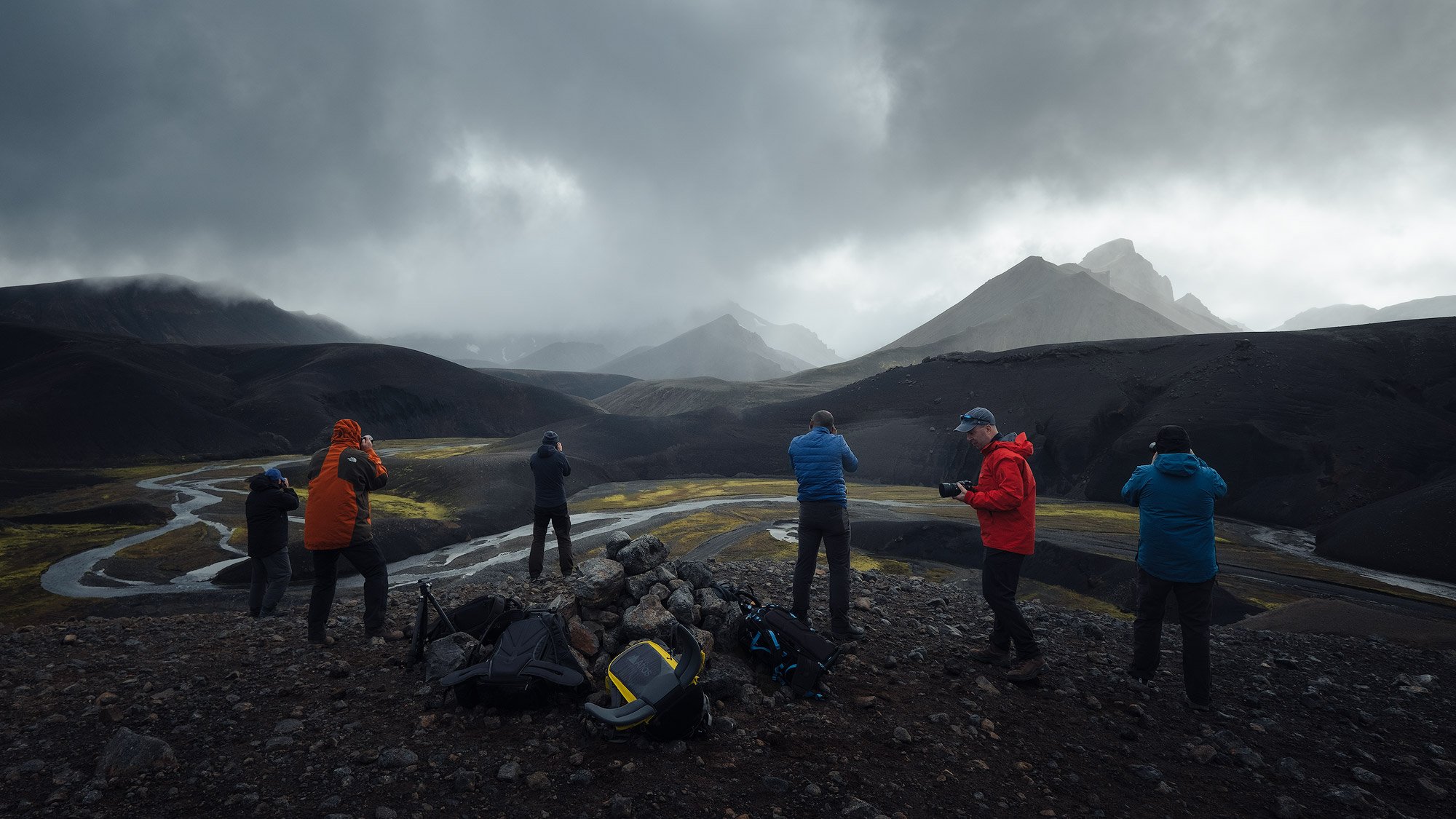The Minimalist Approach to Landscape Photography
1. What Is Minimalist Photography
Minimalism may seem like a simple concept, but it goes beyond just keeping things out of the frame. Minimalist photography can give the impression of an unrealistic image of the landscape because the landscape is usually full of details and complexity.
The main rule of minimalist photography is to keep it simple.
You want your image to be easy to understand and meaningful for the viewer. You have to decide what the main idea of your image is and what you need to show it. You have to remove anything that is not necessary or distracting.
So, when it comes to applying it in landscape photography, there are a few things to keep in mind.
Your choice of subject matters!
Look for subjects that have geometric lines and shapes, as these work well in minimalism. You'll often find man-made structures like cabins, barns, or tiny houses used in minimalist landscapes, but nature can also fit the bill.
Some places like the coast, the desert, the fields, etc. are wonderful environments for minimalist photography. They have large areas of simple background, with maybe a few things that break it, like a tree or a bridge.
2. Leveraging Light and Long Exposures
Sometimes we miss the minimalist aspects of the landscape because we are overwhelmed by the visual information. We need to consciously filter out the unnecessary elements to see the simple and elegant beauty of the landscape.
While long exposures are common in minimalist compositions, they're not a strict requirement. They can help simplify a scene by smoothing out textures in the sky and water. Certain lighting and atmospheric conditions, like mist and fog, can have a similar effect.
3. Negative Space
The thing with minimalism is that it can lead to dull photos pretty easily. So, it's crucial to put some thought into how you position your subject in the frame. Identify the key elements and exclude everything else.
In minimalistic compositions, negative space is just as vital as the main subject.
The space that surrounds the main subject (called negative space) can have a positive effect on the image. The subject, even if it is small, should stand out as the most important element of the image and its meaning should be amplified by the appropriate use of negative space.
Negative space can help you create an image with a dramatic feeling and draw the viewer’s attention to it and then guide their eyes to the smaller area of positive space. The subject will be more noticeable when it is framed by the right amount of negative space.
4. Snow as a Simplifying Element
Minimalist images usually feature a muted color palette with little variation in color and tone. This approach is convenient, especially in bad weather.
While I don't often shoot in black and white, it's no surprise that black and white photography is quite popular in minimalist photography. Both high-contrast and low-contrast styles work well.
When there is snow on the ground, this approach becomes easier, as the snow covers most of the details and leaves only a few striking features. In this situation, minimalist photography is more natural and effective.
In the following picture, the snow turned the landscape into a simple and classy scene. Without it, the photo would've just shown a regular view of a tree at the base of a mountain. But thanks to the snow, the picture got that cool minimalist vibe.
5. The Sky's Role in Composition
Including a large area of empty space with a few distinct elements can create a strong composition. A clear sky can also enhance the minimalist theme and become part of the picture.
The big area of the sky may or may not be part of the next image, for example; it depends on how you want to compose the image and the emotion you want to convey.
The sky may weaken the graphic theme, so think carefully about this when you frame your image. If you are not sure, you can always include the sky and crop it later, or take two different images and decide later.
6. Focus on Less, Not More
Try to find these opportunities to capture the landscape in a minimalist way. Focus on less, not more, and you will create some unique and interesting images.
The landscape can offer many opportunities for graphic photography. These images may not be very dramatic, but they can be very appealing as visual art.
Conclusions
Capturing these images isn't particularly challenging, but it takes a keen eye to spot them. They're not immediately apparent because they don't boast any spectacular features.
To discover them, try thinking creatively about shapes, colors, repetition, and patterns. They're right there; you just need to look closely!
Your thoughts…?
Have you experimented with minimalist compositions in your landscape photography?
Let me know in the comments!
Recommended Articles
PHOTOGRAPHY WORKSHOPS
Want to improve your photography?
Join me in one of my photography workshops:

















